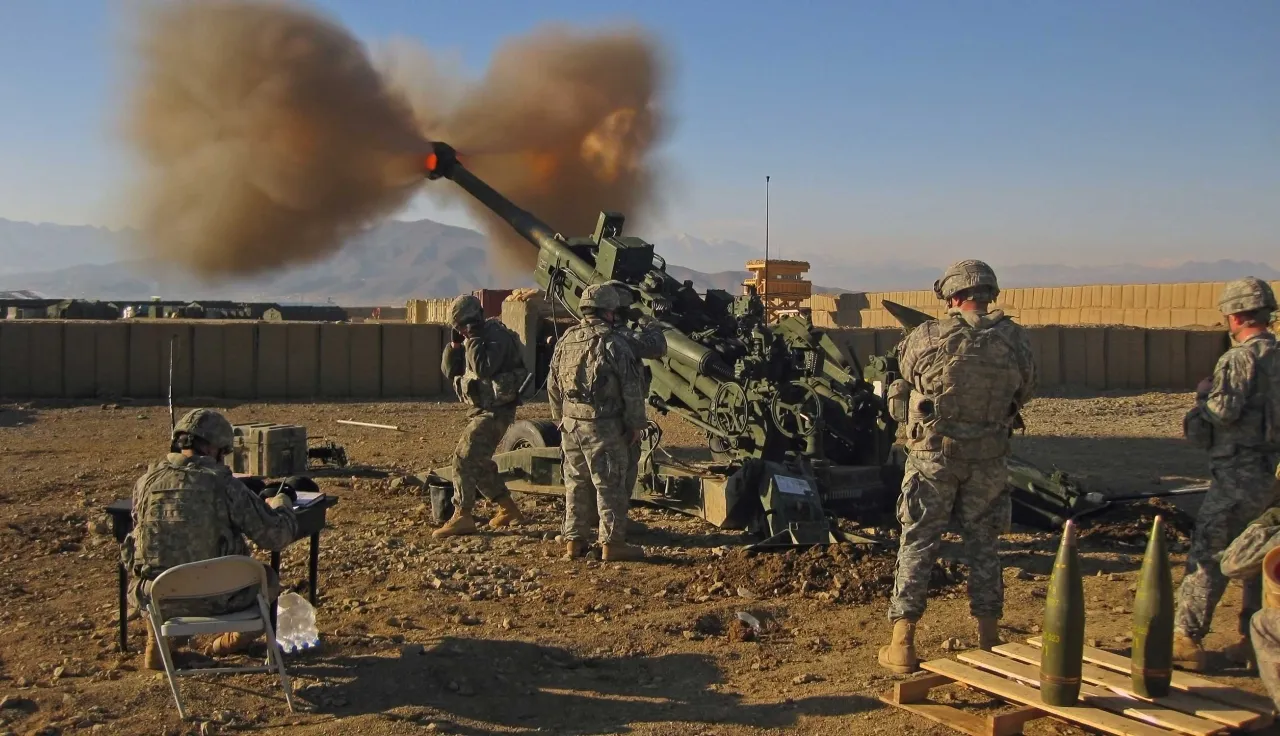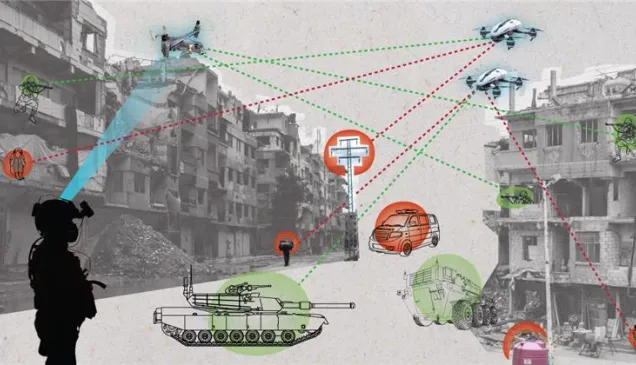Indirect Fire : A technical analysis of the employment, accuracy and effects of indirect-fire artillery weapons

The purpose of this report is to provide background information on the technical characteristics of indirect-fire weapon systems, examine how and when they are employed, address and explain issues regarding their accuracy and precision, and describe their effects. It is meant to be a general reference document, and it reflects the analysis and views of the authors and not necessarily those of the ICRC.
The report addresses a range of conventional artillery weapons firing explosive munitions, the use of which is not specifically prohibited or otherwise limited by international law (contrary to weapons such as landmines and cluster munitions, which do have specific restrictions imposed by international law). The weapon systems reviewed in this report are frequently encountered on contemporary battlefields, and commonly held by state armed forces and non-state armed groups.
- Section 1 of the report provides a brief developmental history of indirect-fire weapon systems, and gives generic information for the broad categories of indirect-fire artillery systems – guns, mortars, and rockets.
- Section 2 discusses the primary considerations affecting the employment of indirect-fire systems, including their role, operational considerations and doctrine.
- Section 3 of the report examines the accuracy and precision of indirect-fire systems, and the factors that affect this.
- Section 4 of the report examines the effects of explosive munitions.
Artillery systems have played a critical role in modern warfare. The vast majority of munitions fired from artillery systems deliver a high explosive payload and, increasingly, conflicts have taken place in populated areas. Following from a previous report, which examines the technical considerations relevant to the use of explosive weapons in populated areas, Armament Research Services (ARES) has produced a second report commissioned by the ICRC, examining indirect-fire artillery weapons in greater detail.



